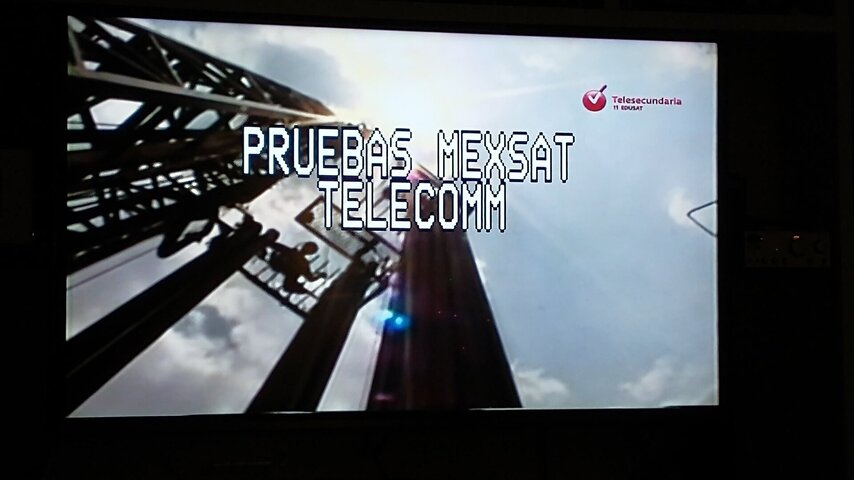Hello
I'm confused about the new LNBFs with 5G filtering capabilities. According to the data that I found on internet:
5G signals are split on three bands, low, medium (C-band) and high. One of the medium bands, specifically the N77 band (3.7 GHZ) goes from 3.300 Mhz to 4.200 Mhz, but in the US is limited to 3.300 Mhz to 3.980 Mhz.
How is possible that the LNBFs can filter those very strong interferences (signals) that have the same frequency used by the C band satellite signals and at the same time receive the very weak signals that come from the satellite?
Will be possible that, for example, using the C138 LNBF (3.800 Mhz to 4.200 MHz) can I receive the 3.700 MHz frequencies that comes from some transponders?
Will be all those C-band frequencies used in the US moved in the near future to the range of 4.000 to 4.200 Mhz in order to have at least 20 Mhz of guard band with 5G signals?
Is there any web site to know exactly the location of the 5G towers in my area?
I'm confused about the new LNBFs with 5G filtering capabilities. According to the data that I found on internet:
5G signals are split on three bands, low, medium (C-band) and high. One of the medium bands, specifically the N77 band (3.7 GHZ) goes from 3.300 Mhz to 4.200 Mhz, but in the US is limited to 3.300 Mhz to 3.980 Mhz.
How is possible that the LNBFs can filter those very strong interferences (signals) that have the same frequency used by the C band satellite signals and at the same time receive the very weak signals that come from the satellite?
Will be possible that, for example, using the C138 LNBF (3.800 Mhz to 4.200 MHz) can I receive the 3.700 MHz frequencies that comes from some transponders?
Will be all those C-band frequencies used in the US moved in the near future to the range of 4.000 to 4.200 Mhz in order to have at least 20 Mhz of guard band with 5G signals?
Is there any web site to know exactly the location of the 5G towers in my area?


